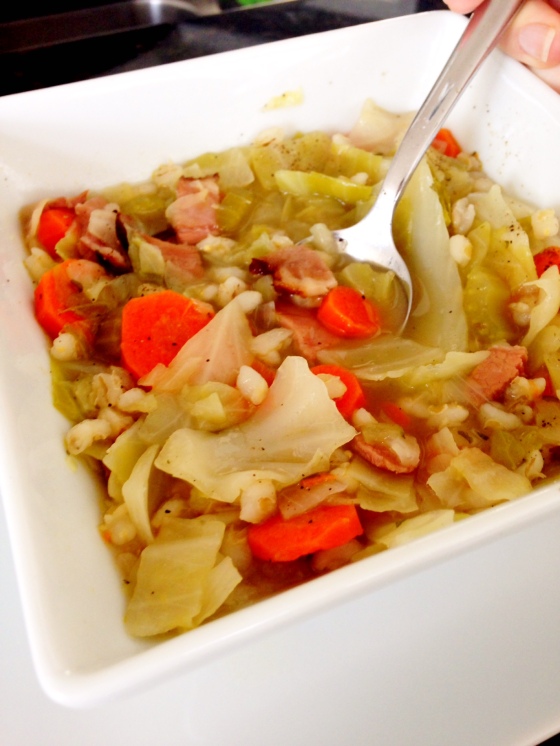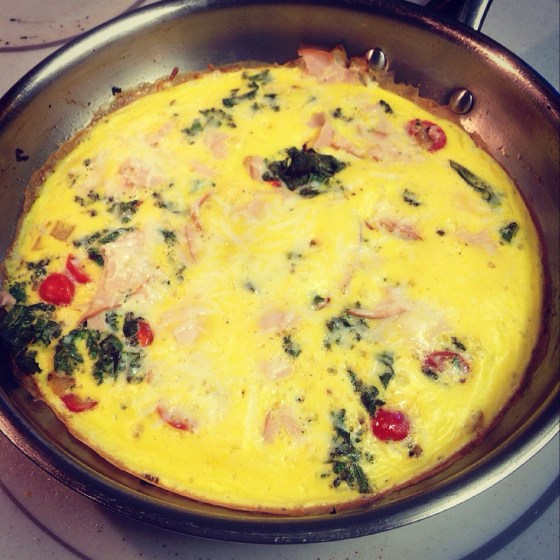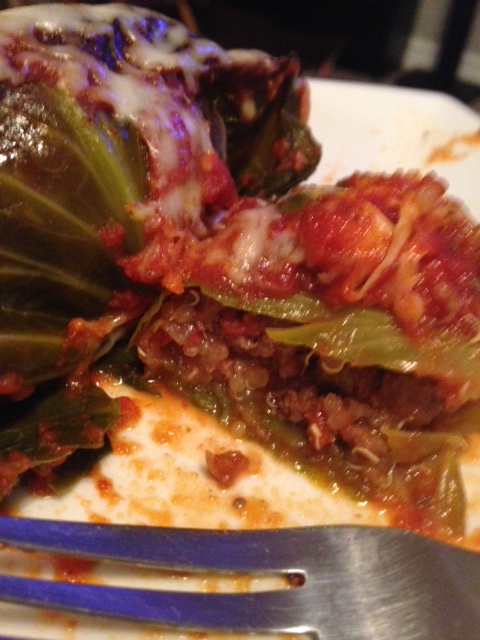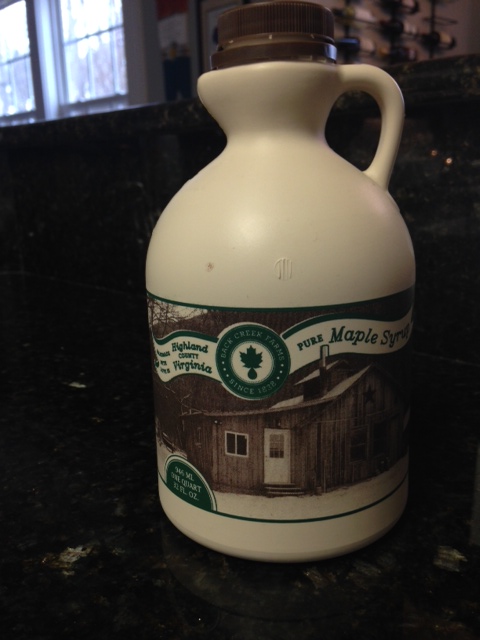Hey guys. What’s that? Where have I been for almost 10 months? Wrapping up my 20’s, that’s what. And this weekend we hosted a “Roast & Toast to 30” party to celebrate me and my cousin, Ellis, turning 30. We roasted 400 Eastern Shore oysters , toasted marshmallows and, of course, raised a few glasses.
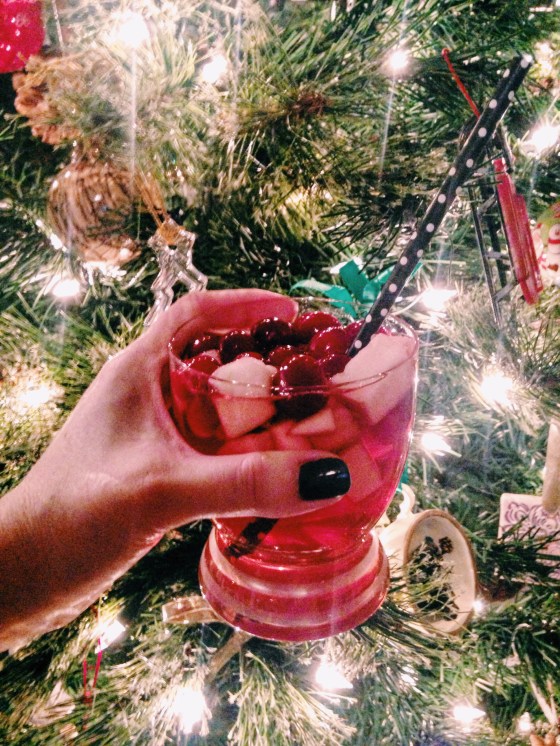
A crowd favorite of the evening was an Apple Cranberry Sangria I had dreamed up that was festive, but refreshing; sweet but not sugary. Everyone kept asking for the recipe, but as usual I didn’t have one – I just sort of thought of it and mixed it up with what felt right. However, I think I can reverse engineer it enough to give you an idea so that you can mix it up for your next festive feast or casual get together (or Sunday afternoon).
Apple Cranberry Sangria
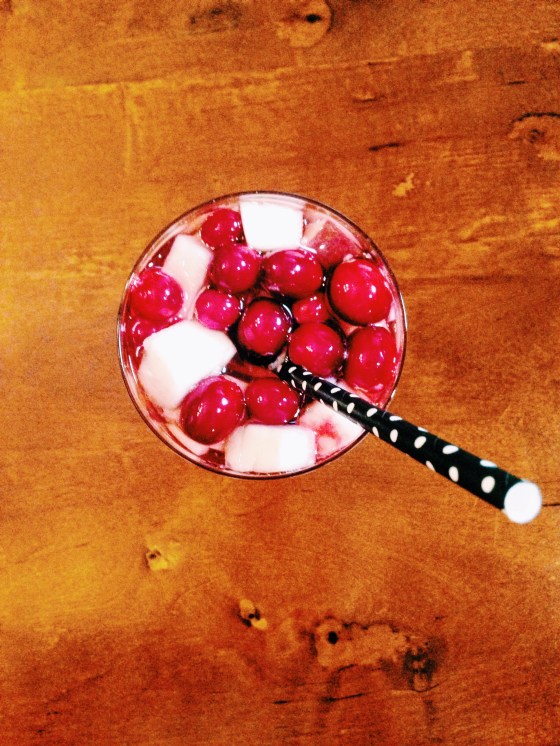
Ingredients:
- 1 bag of fresh cranberries
- two fresh apples (we used Fuji)
- 1 bottle of Dr. McGillicuddy’s apple liqueur
- 1 liter Ginger Ale
- 1.5 liter bottle of pinot grigio
- 1 large bottle of cranberry juice
Method:
- A few days ahead of time, put the bag of cranberries in the freezer and chill the wine, juice and ginger ale.
- A few hours before you want to drink the sangria, mix it up in a large decanter (I have a big one I use for parties that has a spigot – it’s great. Every consummate hostess should have one). Cut the apples into rounds and put in first, then top with the frozen cranberries. After you’ve put in the fruit – no matter what size container you’re using – whether it’s a large pitcher or a decanter – fill it up with about 2/3 of the way with equal parts wine and liqueur, then top it off with equal parts ginger ale and cranberry juice.
- Mix well and let sit in the fridge until ready to serve. Then serve in glasses filled with ice and/or garnished with more apples and cranberries.
I hope you all enjoy this fun, fruity drink with your friends and family this holiday season.




